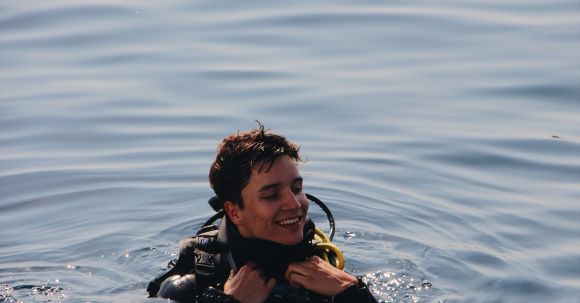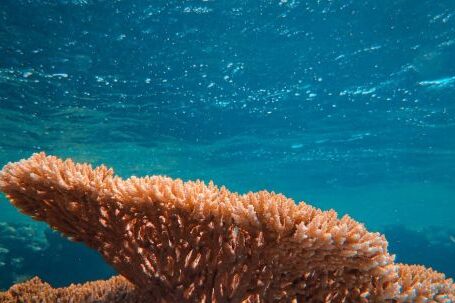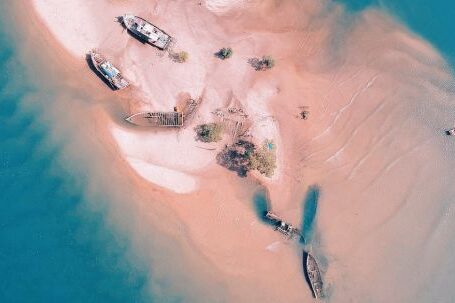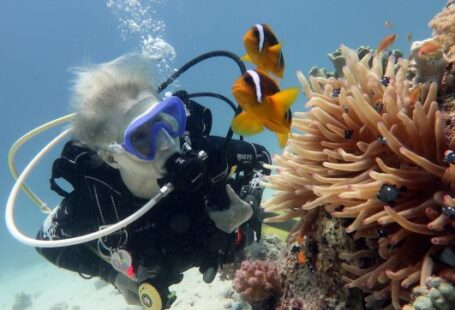Coral reefs are some of the most diverse and vibrant ecosystems on the planet. For divers, these underwater wonderlands offer a unique opportunity to witness the beauty and grandeur of marine life up close. If you’re planning to explore coral reefs on your next diving adventure, here is a guide to help you make the most of your experience.
Understanding Coral Reefs
Before diving into the depths, it’s essential to have a basic understanding of coral reefs. Coral reefs are built by tiny marine animals called coral polyps. These polyps secrete a hard calcium carbonate exoskeleton that forms the structure of the reef. Coral reefs are home to a vast array of marine life, including fish, mollusks, crustaceans, and even sharks.
Choosing the Right Destination
When it comes to diving in coral reefs, choosing the right destination is crucial. Some of the world’s most famous coral reef systems include the Great Barrier Reef in Australia, the Red Sea Reef in Egypt, and the Mesoamerican Barrier Reef in the Caribbean. Research different destinations and consider factors such as visibility, water temperature, and the presence of marine life to find the perfect spot for your adventure.
Preparing for the Dive
Proper preparation is essential to ensure a safe and enjoyable dive. Check your gear to make sure it is in good condition and properly maintained. Familiarize yourself with the dive site, including any potential hazards or currents. It’s also important to check local regulations and obtain any necessary permits or certifications.
Navigation and Buoyancy Control
Navigating through a coral reef requires excellent buoyancy control and navigation skills. Avoid touching or damaging the coral, as it is a delicate and fragile ecosystem. Instead, practice proper finning techniques and use your breathing to control your depth. Maintaining neutral buoyancy will help you move effortlessly through the water while minimizing your impact on the reef.
Marine Life Etiquette
Respecting marine life and their habitats is crucial. Remember, you are a guest in their home. Avoid chasing or harassing marine creatures, and never attempt to touch or feed them. Admire their beauty from a safe distance and observe their natural behavior. By following these guidelines, you can help conserve coral reefs for future generations to enjoy.
Photography Tips
Coral reefs provide a stunning backdrop for underwater photography. To capture the vibrant colors and intricate details, use a macro lens for close-up shots of coral polyps and tiny marine creatures. Experiment with different angles and lighting techniques to bring your photos to life. However, always prioritize the safety of the reef and its inhabitants over getting the perfect shot.
The Importance of Conservation
Coral reefs are under threat from various factors, including climate change, pollution, and overfishing. As a responsible diver, it’s essential to be aware of these issues and take steps to minimize your impact. Choose eco-friendly dive operators, avoid using harmful chemicals on your skin or equipment, and participate in coral restoration efforts whenever possible.
In conclusion, exploring coral reefs as a diver is a privilege that comes with great responsibility. By understanding the delicate nature of these ecosystems, preparing properly, and practicing responsible diving techniques, you can ensure a memorable and sustainable experience. So, grab your gear, dive into the depths, and discover the breathtaking beauty of coral reefs.





